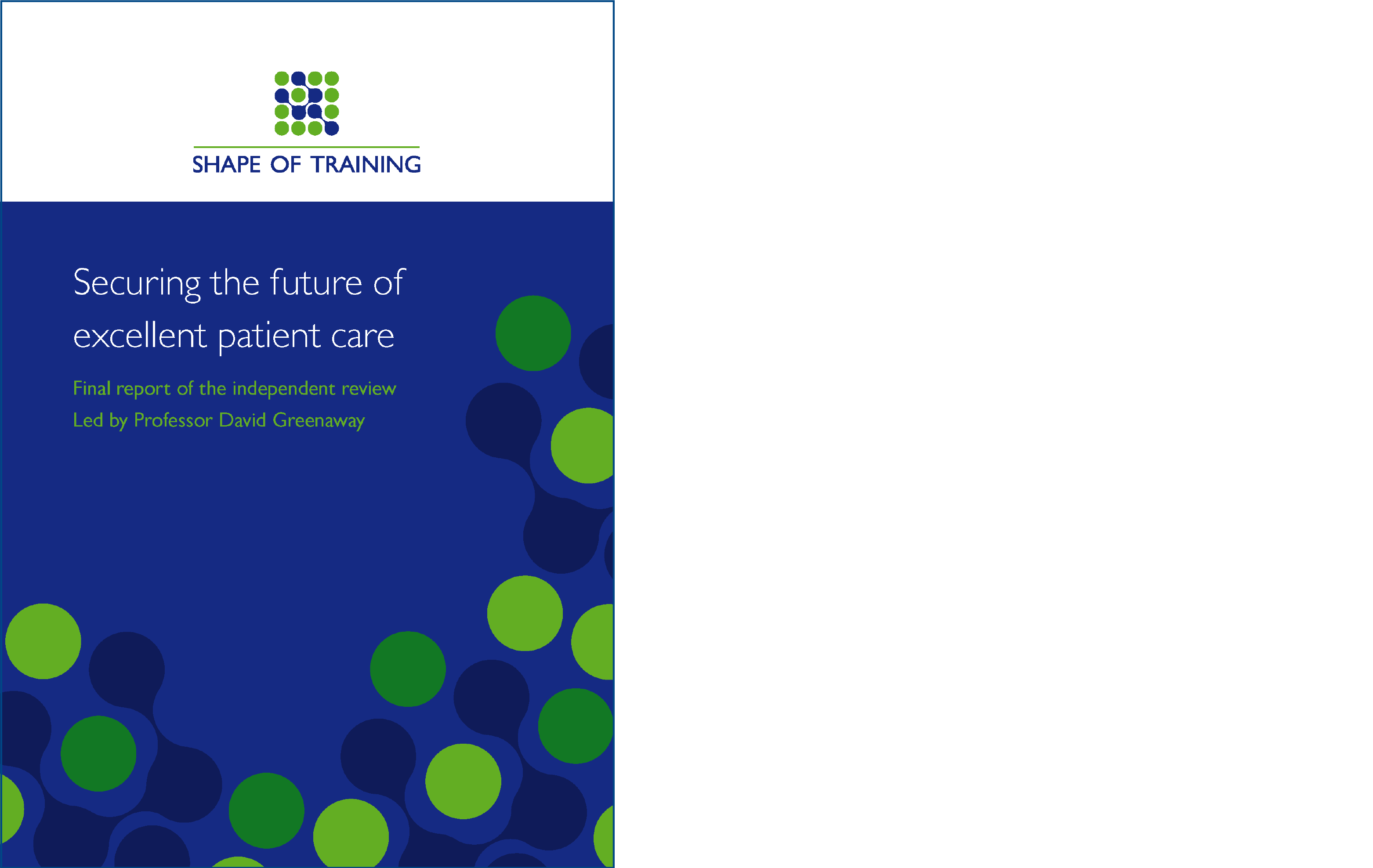Scottish Shape of Training Transition Group
As a Scottish Clinical Leadership Fellow I have had the opportunity to work within the Scottish Government Health Workforce Directorate this year, and take part in the work of the Scottish Shape of Training Transition Group (SSoTTG). This group was created in 2014 in response to the publication of the Shape of Training review (Shape of training FINAL Report (gmc-uk.org)), and is chaired by Dr. John Colvin, SG Senior Medical Advisor. It includes broad stakeholder representation, including NHS Boards, medical directors, the academy of medical royal colleges, directors of medical education, the BMA and NES.

The group addresses medical workforce modelling, sets training intake numbers, monitors the training establishment and recruitment and retention of doctors, and supports initiatives promoting a sustainable service. Many opportunities exist to achieve the goal of sustainable service, including initiatives to increase the supply of medical students, reviewing rota design, improving training environments (using the WeCaRE framework) and utilising ethical international recruitment.
One of the key functions of the SSoTTG is making recommendations to ministers annually on core, run through and medical specialty training numbers. As part of its function, the group gathers together robust medical workforce supply and demand profiles, analyse data on, for example, vacancy numbers, fill rates, recruitment and retention and retiral projections. This enables better identification of service and training requirements of a sustainable medical workforce.
Specialty training intake is determined by modelling of the future requirement of trained doctors with a certificate of completion of training (CCT) within each specialty. This year, 152 additional training places were approved by the Cabinet Secretary for Health and Social Care following recommendations made by SSoTTG. These posts will be supported by £37m of Scottish Government funding over the next four years. This represents the largest annual expansion to date, bringing the total number of posts created since 2014 to 725.
Moving away from headcount and towards Whole Time Equivalent (WTE) has been a key priority which has partially informed expansion recommendations for several specialties. It is recognised that a large proportion of trainees are opting to work part time and while this is fully supported by the service and by SG, a move to WTE establishments for all specialties needs considered to manage the future supply and immediate service issues.

The National Workforce Strategy (National Workforce Strategy for Health and Social Care in Scotland (www.gov.scot)), published in March 2022, recommends explicit linking of medical graduate output with training numbers and trained doctor output. Scotland’s medical undergraduate intake is growing rapidly in line with the recent Programme for Government commitment and these increases must be aligned with additional places at Foundation level. Across 2021 and 2022, 105 additional Foundation places have been created to accommodate the first of these additional graduates from medical school places created in 2016. The integration of undergraduate numbers into postgraduate training to trained doctor supply continues to be managed between SG Health workforce and NES, supported by the SSoTTG and Medical Undergraduate Group, and further uplifts are currently being considered.
Dr. Nina MacKenzie
Scottish Clinical Leadership Fellow:
Scottish Government Health Workforce Directorate | NES Quality Management
